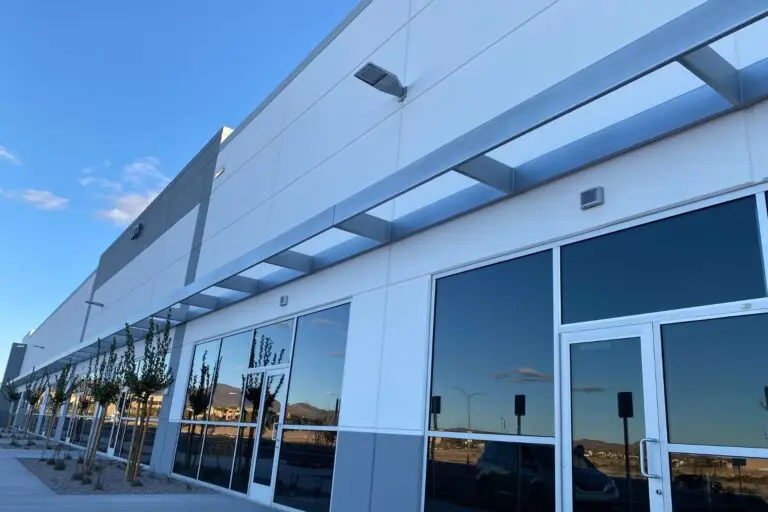To view AH Construction’s projects click HERE
In the vast world of real estate investment, constructing offices for rental has become a lucrative and sustainable strategy. Building commercial spaces, specifically offices, not only offers financial benefits to investors but also contributes to the growth and stability of the sector. Here are some key advantages:
1. Consistent Income Flow:
Rental offices provide a stable income source. Long-term leasing contracts ensure a steady flow of income, bringing financial stability to the owner.
2. Portfolio Diversification:
Investing in commercial offices diversifies the property portfolio, minimizing financial risks. Combining different types of real estate assets can offer additional protection against market fluctuations.
3. Sustained Demand:
The demand for rental office spaces remains relatively stable. Emerging businesses, established corporations, and independent professionals consistently seek suitable places to establish their operations, generating continuous demand.
4. Renovation and Improvement Opportunities:
The ability to renovate and enhance facilities allows for increased attractiveness of the offices. Constant property updates ensure higher competitiveness in the market and can justify adjustments in rental prices.
5. Tax and Financial Incentives:
Investments in commercial developments, such as rental offices, often come with tax and financial benefits, including deductions for maintenance expenses, depreciation, and other tax advantages.
6. Long-Term Asset Appreciation:
As offices are well-maintained and attractive to tenants, the asset value tends to increase over time. This can provide significant profit opportunities in the future.
7. Collaboration with Real Estate Professionals:
Working with experienced and specialized real estate professionals can optimize property management, ensuring tenant acquisition, efficient administration, and long-term profitability.
Constructing rental offices in commercial developments offers a range of advantages for both experienced investors and those entering the commercial real estate sector for the first time. These spaces not only generate stable income but also provide a long-term investment that can be highly lucrative.
For more information about AH construction click HERE




